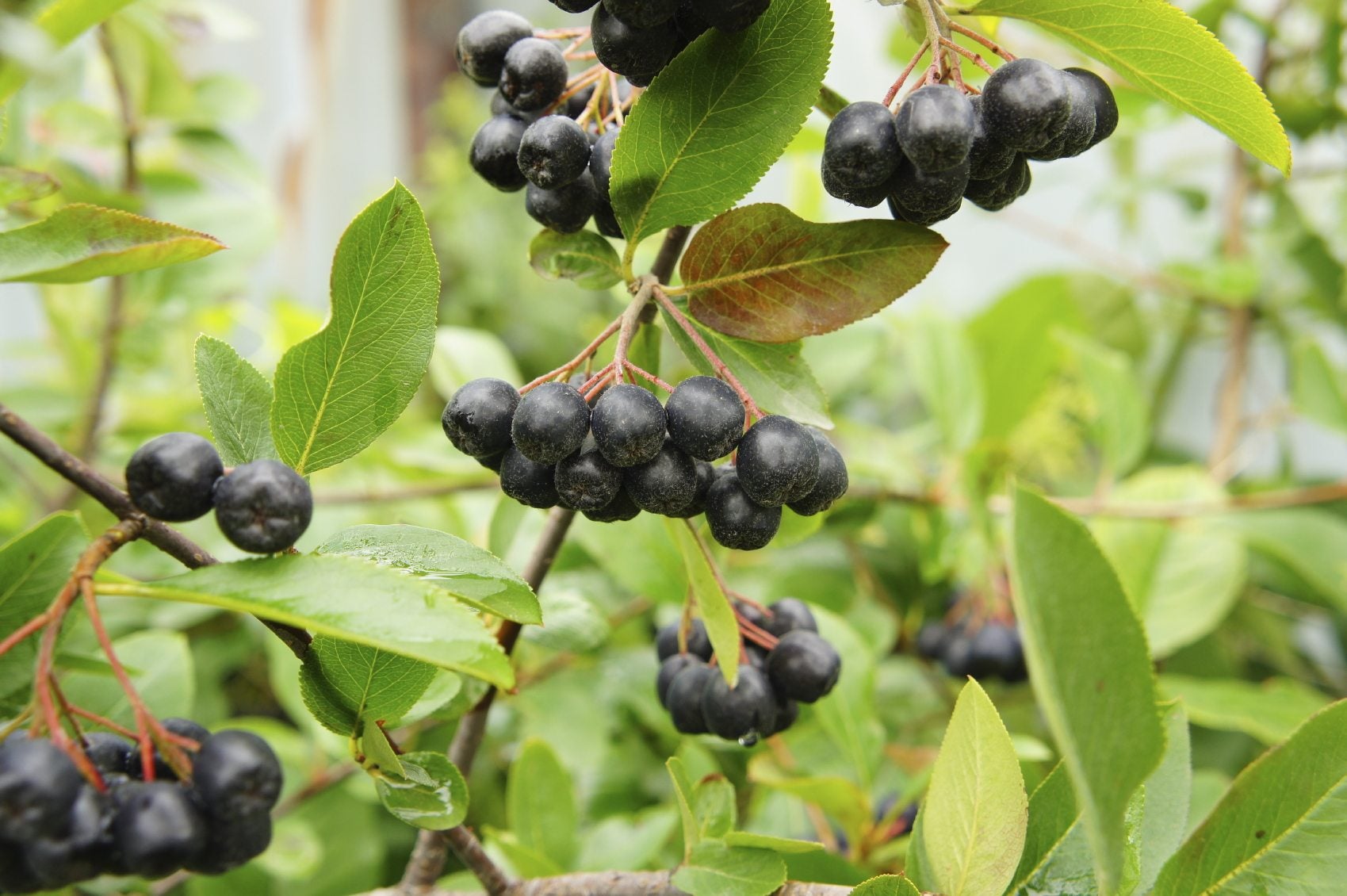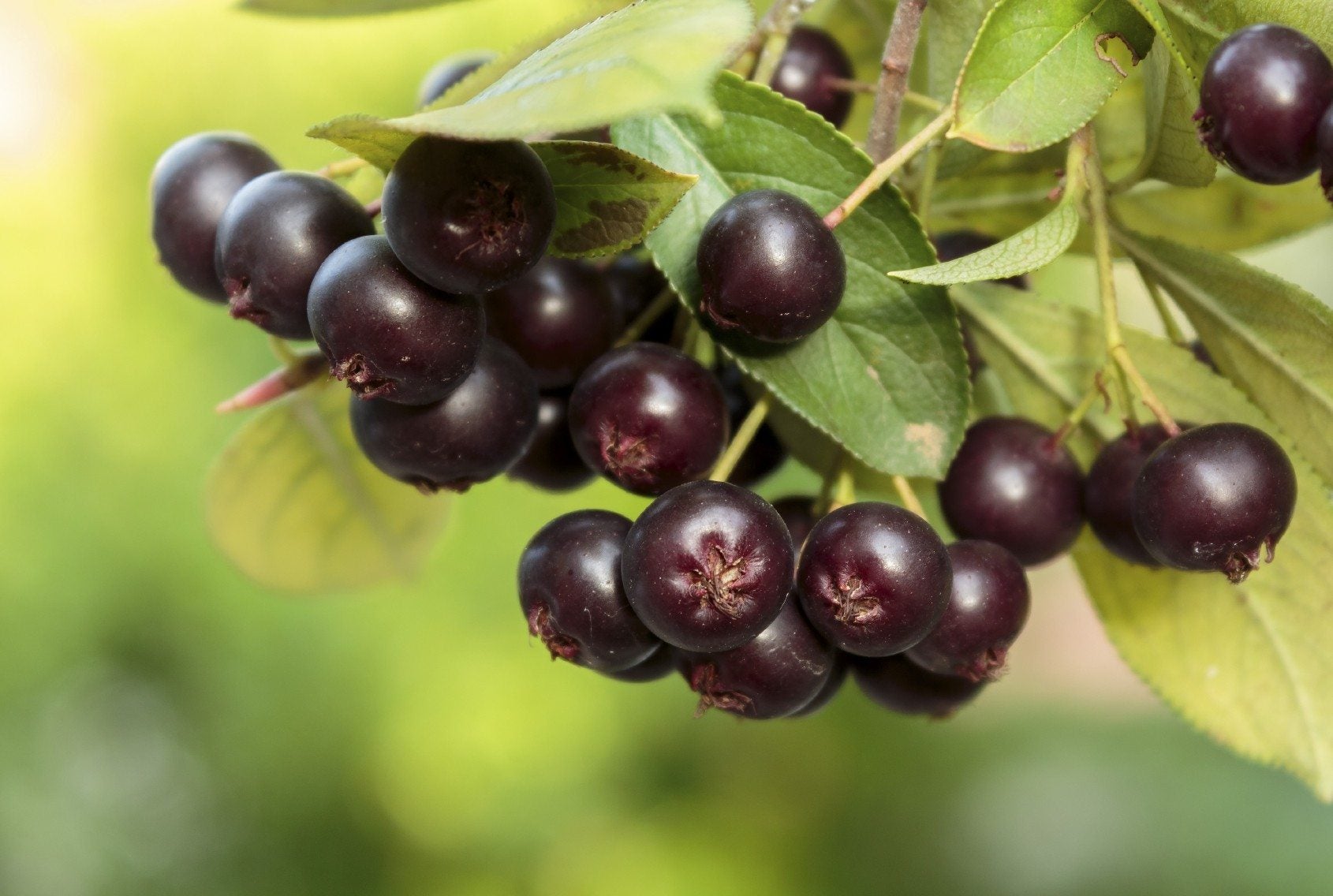What Are Aronia Berries: Learn About Nero Aronia Berry Plants


What are Aronia berries? Aronia berries (Aronia melanocarpa syn. Photinia melanocarpa), also called chokecherries, are becoming increasingly popular in backyard gardens in the U.S., mainly because of their many health benefits. You’ll probably find them too tart to be eaten on their own, but they make wonderful jams, jellies, syrups, teas and wine. If you’re interested in growing ‘Nero’ Aronia berries, this article is the place to start.
Aronia Berry Information
Aronia berries contain as much sugar as grapes or sweet cherries when fully ripe, but the bitter flavor makes it unpleasant to eat out of hand. Mixing the berries in dishes with other fruit makes it more tolerable. A mixture of half Aronia berry juice and half apple juice makes a refreshing, healthful drink. Add milk to Aronia berry tea to neutralize the bitterness. A good reason to consider growing Aronia berries is that they never need insecticides or fungicides thanks to their natural resistance to insects and diseases. They attract beneficial insects to the garden, helping to protect other plants from disease carrying pests. Aronia berry bushes tolerate clay, acidic or basic soils. They have the advantage of fibrous roots that can store moisture. This helps the plants withstand periods of dry weather so that in most cases, you can grow Aronia berries without irrigation.
Aronia Berries in the Garden
Each mature Aronia berry produces an abundance of white flowers in midspring, but you won’t see fruit until autumn. The berries are so dark purple that they appear almost black. Once picked, they keep for months in the refrigerator. ‘Nero’ Aronia berry plants are the preferred cultivar. They need full sun or partial shade. Most soils are suitable. They grow best with good drainage but tolerate occasional excess moisture. Set out the bushes three feet apart in rows two feet apart. Over time, the plants will spread to fill in the bare spaces. Dig the planting hole as deep as the bush’s root ball and three to four times wider than it is deep. The loosened soil created by the wide planting hole makes it easier for the roots to spread. Aronia berry plants grow up to 8 feet (2.4 m.) tall. Expect to see the first berries after three years, and the first heavy crop after five years. The plants don’t like hot weather, and they grow best in U.S. Department of Agriculture plant hardiness zones 4 through 7.
Gardening tips, videos, info and more delivered right to your inbox!
Sign up for the Gardening Know How newsletter today and receive a free copy of our e-book "How to Grow Delicious Tomatoes".

Jackie Carroll has written over 500 articles for Gardening Know How on a wide range of topics.
-
 Looking For Plants To Give You The Soft And Fuzzies? Try These 5 Fuzzy Leaf Plant Options
Looking For Plants To Give You The Soft And Fuzzies? Try These 5 Fuzzy Leaf Plant OptionsLovers of texture, drama, silver foliage and tactile plants will adore these special sensory garden additions. These fuzzy leaf plant options will leave you all aglow
By Susan Albert
-
 Get Ready For A Summer Of Hummers! Grow These Full Sun Hummingbird Plants and Flowers
Get Ready For A Summer Of Hummers! Grow These Full Sun Hummingbird Plants and FlowersIf you’re lucky enough to enjoy a sunny backyard, make sure you are maxing out on your pollinator opportunities and grow these full sun hummingbird plants and flowers
By Tonya Barnett
